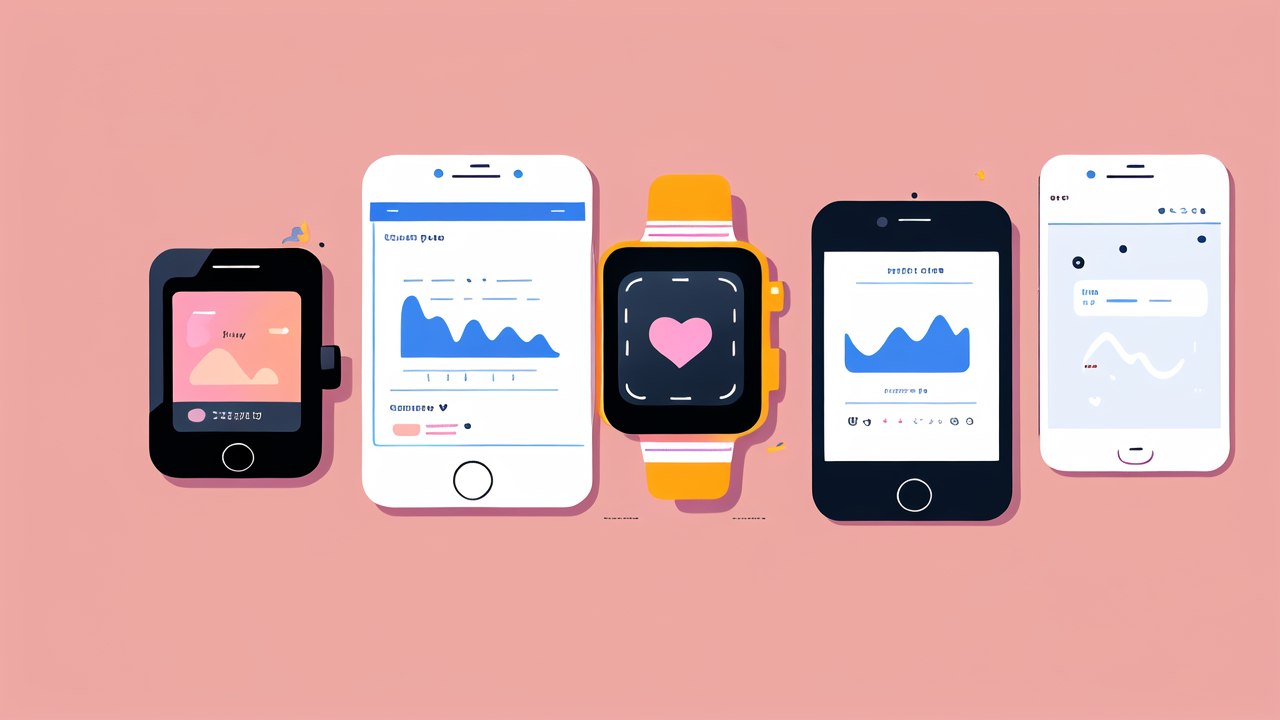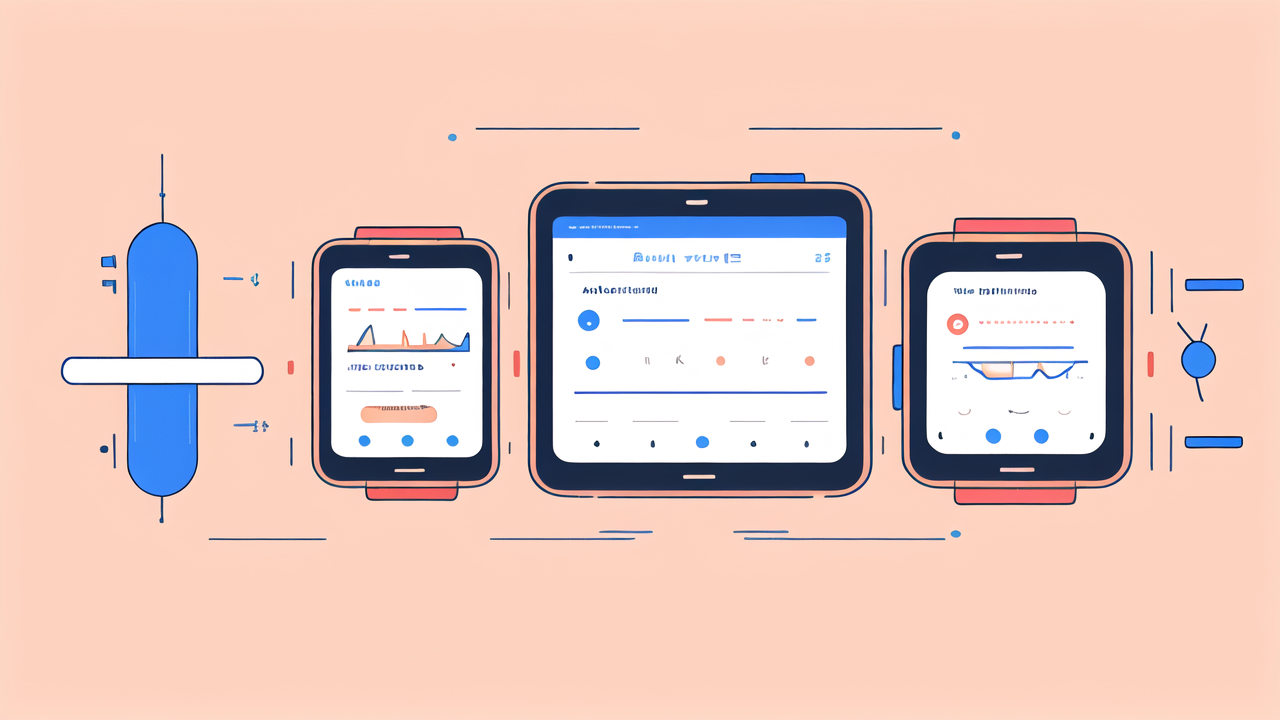The Rise of Smart Pro Watches in the Fashion Industry
Understanding the Transition from Analog to Smart Timepieces
The shift from analog to smart watches marks a significant leap in wearable tech. Traditional timepieces, once purely functional, have evolved into smart devices. These new gadgets offer more than just time-telling. They now track fitness, monitor health, and connect to smartphones.

The transition began with basic digital watches in the 1970s. These offered simple features like calculators and alarms. As technology advanced, so did the capabilities of wrist-worn devices. The late 2000s saw the introduction of early smartwatches. These could sync with phones and display notifications.
Today's smart pro watches are far more advanced. They boast features like:
- Heart rate monitoring
- GPS tracking
- Mobile payments
- Voice assistants
- Cellular connectivity
This evolution reflects our growing need for constant connectivity and data access.
The Role of Technology in Fashion Evolution
Technology has become a driving force in fashion evolution. Smart watches are at the forefront of this trend. They blend style with functionality, appealing to both tech enthusiasts and fashion-conscious consumers.
Designers now collaborate with tech companies to create stylish smart watches. These devices are no longer just gadgets, but fashion statements. Many luxury brands have entered the smart watch market. They offer high-end options that combine traditional watch aesthetics with smart features.
The integration of technology has also influenced materials and manufacturing. New production methods allow for sleeker designs and more durable products. Smart fabrics and flexible displays are pushing the boundaries of what's possible in wearable tech.
This fusion of fashion and technology is changing how we view accessories. Watches are no longer just about telling time. They're about expressing personal style while staying connected.
Consumer Expectations and the Market Demand for Smart Watches
Consumer expectations for smart watches have grown rapidly. Users now demand devices that seamlessly blend into their lifestyles. They want watches that look good and perform multiple functions.
Key features that consumers expect include:
- Long battery life
- Water resistance
- Health and fitness tracking
- Customizable watch faces
- Compatibility with various apps
The market demand for smart watches continues to rise. People see them as essential tools for managing daily life. They offer convenience by putting smartphone features on the wrist.
Different demographics have different needs. Young professionals may prioritize productivity features. Fitness enthusiasts focus on health tracking capabilities. Fashion-forward consumers look for style and customization options.
This diverse demand has led to a wide range of smart watch offerings. From budget-friendly options to luxury models, there's a smart watch for every consumer.
Key Players and Innovators in the Smart Watch Arena
Fila Watches and Their Impact on the Wearable Market
Fila, known for sportswear, has made strides in the smart watch market. Their entry shows how traditional brands are adapting to new tech trends. Fila watches combine the brand's sporty aesthetic with smart features.

Fila's smart watches focus on fitness tracking and everyday wear. They offer affordable options for consumers new to smart watches. This approach has helped introduce wearable tech to a broader audience.
Key features of Fila smart watches include:
- Step counting
- Sleep monitoring
- Smartphone notifications
- Water resistance for sports use
While not as advanced as some competitors, Fila watches fill an important market niche. They provide basic smart features at accessible price points. This strategy has helped Fila establish a presence in the growing wearable tech market.
Notable Smart Watch Brands and Their Unique Selling Propositions
Several brands stand out in the smart watch market. Each offers unique features to attract different consumer segments.
Apple Watch leads in popularity and integration with iOS devices. It offers a wide range of health features and third-party app support. Samsung's Galaxy Watch series provides strong Android integration and rotating bezels for easy navigation.
Fitbit focuses heavily on fitness tracking and long battery life. Garmin specializes in GPS and outdoor activity features. Fossil combines traditional watch design with smart capabilities.
Some unique selling points include:
- Apple: Seamless iOS integration, ECG monitoring
- Samsung: Standalone LTE connectivity, physical rotating bezel
- Fitbit: Advanced sleep tracking, stress management tools
- Garmin: Rugged design for outdoor use, specialized sports modes
- Fossil: Stylish designs that blend traditional and smart features
These brands continue to innovate, pushing the boundaries of what smart watches can do.
Startups and Up-and-Comers Shaping the Future of Smart Watches
Startups and newer companies are bringing fresh ideas to the smart watch market. They often focus on niche features or innovative designs. These companies challenge established brands and drive industry innovation.
Some notable up-and-comers include:
- Withings: Known for hybrid watches that look traditional but offer smart features
- Amazfit: Offers budget-friendly options with long battery life
- Mobvoi: Focuses on AI-powered features in their TicWatch line
- Skagen: Combines minimalist Danish design with smart functionality
These companies often target specific consumer needs. For example, some focus on extended battery life. Others prioritize sleek design or specialized health monitoring.
Startups also experiment with new technologies. This includes flexible displays, advanced health sensors, and alternative power sources. Their innovations often influence larger companies and shape future smart watch trends.
The Impact of Smart Watches on the US Market
How Smart Watches Are Changing the Game for Consumers and Retailers
Smart watches have significantly impacted both consumers and retailers in the US. For consumers, these devices offer new ways to manage health, stay connected, and express style. They've become essential tools for many Americans.

Retailers have had to adapt to this new product category. Traditional watch stores now stock smart options alongside analog watches. Electronics retailers have expanded their wearable tech sections. Even fashion retailers are incorporating smart watches into their accessory lines.
The impact on shopping habits is notable. Consumers now research smart watch features online before buying. Many prefer to try on devices in-store to check comfort and style. This has led to a blend of online and in-store shopping experiences.
Smart watches have also created new opportunities for app developers and accessory makers. This has expanded the ecosystem around these devices, creating additional revenue streams.
The Economic Implications of the Smart Watch Trend
The smart watch trend has significant economic implications for the US market. It has created new jobs in technology, design, and retail sectors. Manufacturing and supply chain industries have also seen growth.
Revenue from smart watch sales continues to rise. This boosts the overall wearable technology market. It also impacts related industries like fitness, healthcare, and mobile apps.
Investment in research and development has increased. Companies are competing to create more advanced and efficient devices. This drives innovation and technological progress.
The trend has also affected traditional watch makers. Many have had to adapt their strategies to include smart options. This has led to partnerships between tech companies and traditional watch brands.
Consumer spending patterns have shifted. Many now budget for regular smart watch upgrades, similar to smartphone purchase cycles. This creates a recurring revenue stream for manufacturers and retailers.
Future Outlook: What's Next for the Smart Watch Industry in the United States
The future of smart watches in the US looks promising. Continued growth is expected as technology improves and prices become more accessible. Several trends are likely to shape the industry's future:
- Health Focus: Increased emphasis on health monitoring features
- AI Integration: More advanced AI assistants and predictive capabilities
- Battery Life: Improvements in battery technology for longer use times
- Customization: Greater options for personalization in both hardware and software
- Standalone Devices: Less reliance on smartphones for functionality
We may see smart watches become even more integrated into daily life. They could play larger roles in healthcare, mobile payments, and personal security.
The market is also likely to see more diversification. Specialized devices for specific uses or demographics may emerge. This could include watches designed for children, seniors, or specific professions.
As 5G networks expand, smart watches may offer even faster and more reliable connectivity. This could enable new features and applications we haven't yet imagined.
Overall, the smart watch industry in the US is poised for continued innovation and growth. It will likely play an increasingly important role in how Americans interact with technology and manage their daily lives.




Leave a comment
This site is protected by hCaptcha and the hCaptcha Privacy Policy and Terms of Service apply.